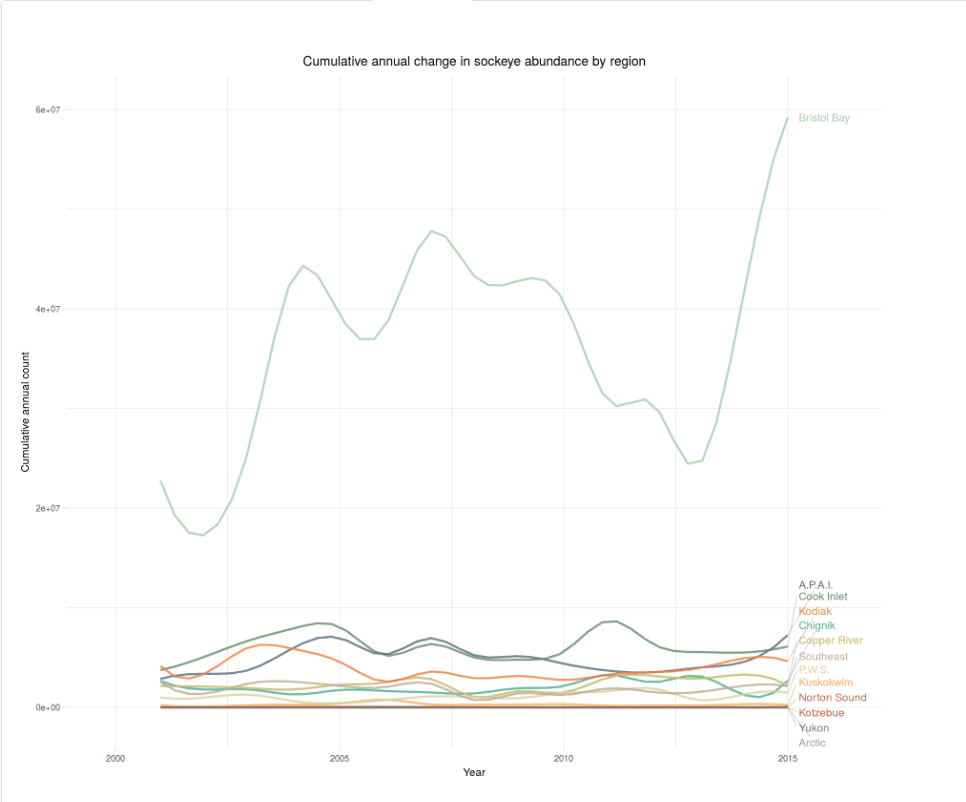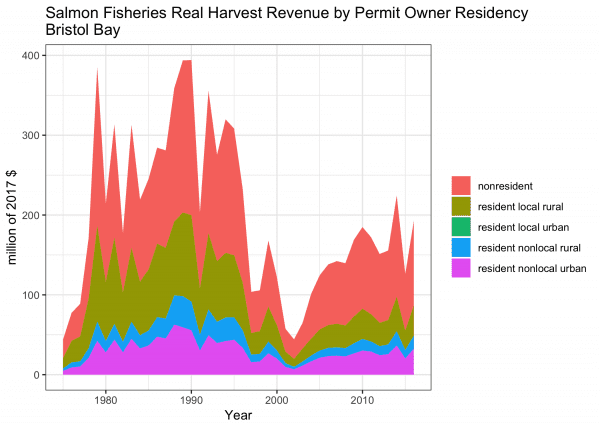Boraas, A. S., & Knott, C. H. (2013). Traditional Ecological Knowledge and Characterization of the Indigenous Cultures of the Nushagak and Kvichak Watersheds, Alaska (No. Submitted to the Bristol Bay Assessment: Environmental Protection Agency. Volume 2, Appendix D.)
Braund, S. J. (2017). Set the net: The heritage and significance of fish camp and wild salmon in Bristol Bay, Alaska. Doctoral dissertation, University of Montana. Retrieved from http://scholarworks.umt.edu/etd/11054/
Dye, J. E., & Schwanke, C. J. (2012). Report to the Alaska Board of Fisheries for the Recreational Fisheries of Bristol Bay, 2010–2012 (Special Publication No. 12–17) (p. 62). Anchorage, Alaska: Alaska Department of Fish and Game.
Fall, J. A., Holen, D., Krieg, T., La Vine, R., Stickman, K., Ravenmoon, M., … Stariwat, J. (2010). The Kvichak Watershed Subsistence Salmon Fishery: An Ethnographic Study (Technical Paper No. 352) (p. 235). Anchorage, Alaska: Alaska Department of Fish and Game.
Gho, M., & Farrington, C. (2016). Changes in the Distribution of Alaska’s Commercial Fisheries Entry Permits, 1975-2015. (CFEC Report 16-3N). Juneau, Alaska: Alaska Department of Fish and Game.
Hilborn, R., Quinn, T. P., Schindler, D. E. & Rogers, D. E.(2003) Biocomplexity and Fisheries Sustainability. Proceedings of the National Academy of Sciences of the United States of America 100, 6564–656.
Holen, D. (2014). Fishing for community and culture: the value of fisheries in rural Alaska. Polar Record, 50(255), 403–413. https://doi.org/10.1017/S0032247414000205
Holen, D. (2017). Subsistence and Commercial Fisheries Through the Lenses of Culture and Economy in Three Coastal Alaskan Communities (Dissertation). University of Alaska Fairbanks, Fairbanks, AK.
Landgon, S. (1980). 1980 Transfer Patterns in Alaskan Limited Entry Fisheries. Final Report for the LImited Entry Study Group of the Alaska State Legislature. Anchorage, Alaska: University of Alaska, Anchorage.
Lichatowich, J.(20010). Salmon without rivers: a history of the Pacific salmon crisis. Island Press.
Pullar, G. L. (1992). Ethnic Identity, Cultural Pride, and Generations of Baggage: A Personal Experience. Arctic Anthropology, 29(2), 182-191. Retrieved from http://www.jstor.org/stable/40316321
Ringsmuth, Katherine. 2013. At the Heart of Katmai: An Administrative History of the Brooks River Area. Research/Resource – Management Report NPS/AR/CRR/2013-77. National Park Service. Washington, DC: Government Printing Office.
Schichnes, Janet and Molly Chythlook. 1988. Use of Fish and Wildlife in Manokotak, Alaska. Alaska Department of Fish and Game, Division of Subsistence Technical Paper No. 152. Dillingham.
Schindler, D. E. et al. 2010. Population diversity and the portfolio effect in an exploited species. Nature 465, 609–612.
Stariwat, Jory and Theodore M. Krieg. 2016. Lewis Point Fish Camp Ethnography. Alaska Department of Fish and Game, Division of Subsistence Technical Paper No. 425. Anchorage.





